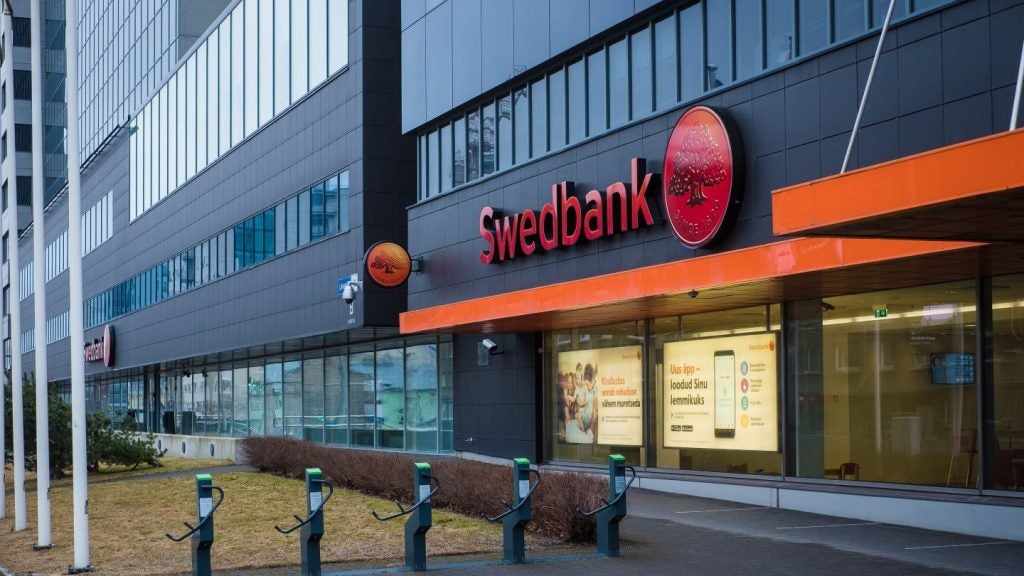Bank of England (BoE) has proposed additional capital buffer rules for the country’s large retail banks to help them withstand financial crises.
The new proposals will impose a systemic risk buffer (SRB) on building societies and ring-fenced banks with more than £175bn in total assets, the Bank of England said in a statement. Ringfencing forces British lenders managing over £25bn in deposits to separate their retail banking operations from their riskier investment banking units.
The SRB will depend on a lender’s total assets, ranging from 1% and rising to a maximum 3% for the largest lenders with risk-weighted assets of over £755bn.
The new rules have been put out to public consultation, and are expected to take effect, alongside the new ring-fencing rules, from 2019.
BoE deputy governor for financial stability Jon Cunliffe said: "These new rules will mean that large UK banks and building societies are more resilient to adverse shocks, enabling them to continue to lend to households and businesses even in times of stress.
"The financial crisis demonstrated the long-lasting damage that can be caused when large banks become distressed and have to cut back lending to the economy. These proposals are intended to reduce the risk of this happening again."

US Tariffs are shifting - will you react or anticipate?
Don’t let policy changes catch you off guard. Stay proactive with real-time data and expert analysis.
By GlobalData






